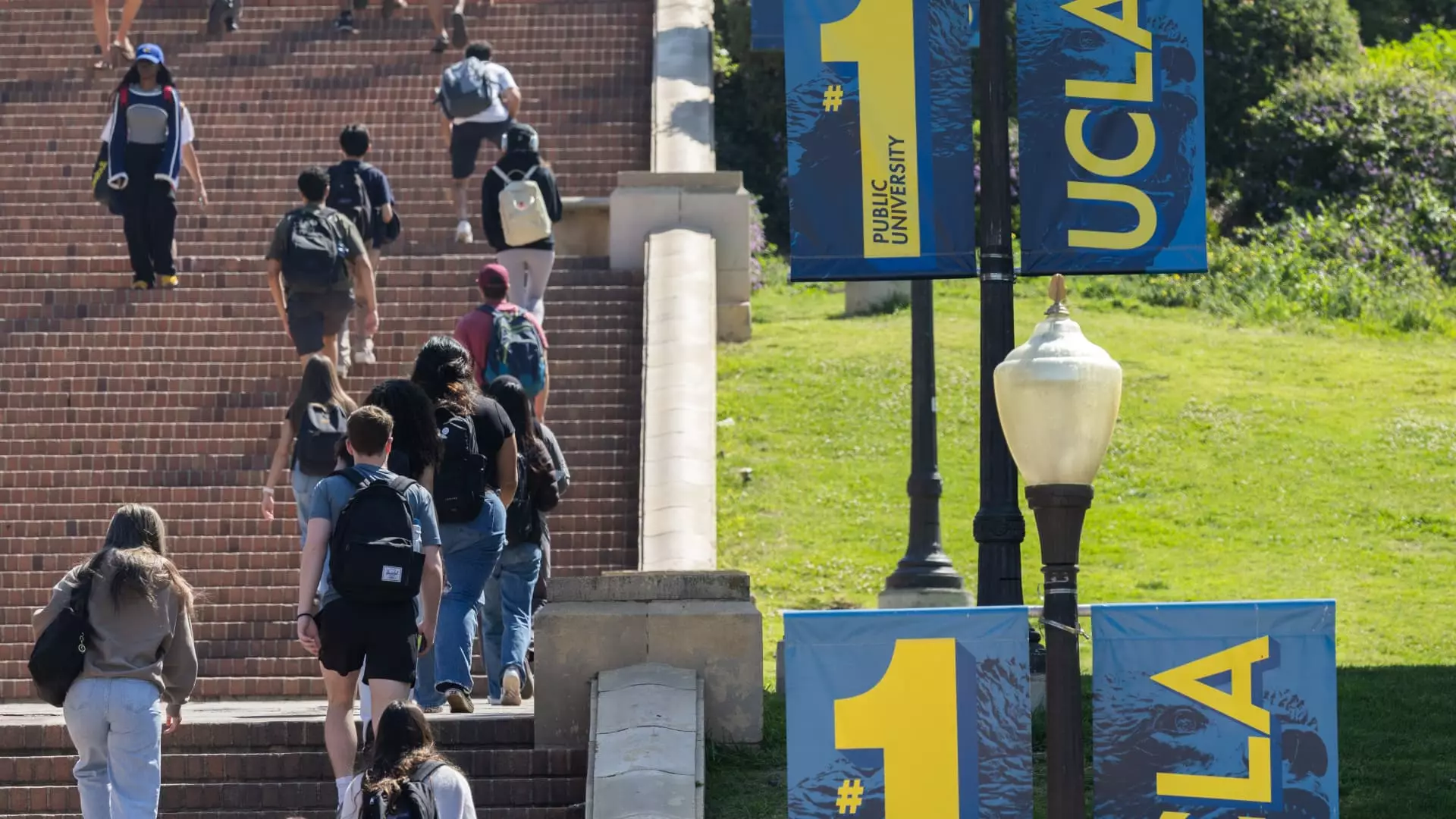For decades, American families have been led to believe that college is an attainable dream—an investment in the future that, with a little planning, is within reach. Yet, beneath this reassuring narrative lies a troubling discrepancy: while most parents project confidence at the outset, that belief often dissolves the moment they see the tangible bills. The optimism at acceptance stages is largely misplaced, a false sense of security that ultimately leaves many scrambling once the sticker shock hits. The stark reality is that the cost of higher education has outpaced the ability of conventional savings and federal aid to keep pace, revealing a systemic failure to bridge the widening funding gap.
The statistic that paints this picture most vividly? Only one in five parents feel truly prepared for the actual expense. This is not a minor misjudgment but a fundamental flaw in how families plan—and a testament to how the system is failing those it claims to serve. These misplaced expectations foster financial stress and disillusionment among families, often forcing them into high-interest loans or sacrificing other financial priorities. The core issue here isn’t just rising costs, but a broader societal failure to adequately prepare families with transparent and accessible strategies for managing that escalation.
Cost Escalation and Its Discontents
Examining the trendlines, the numbers are alarming. Since 1983, college tuition has grown at a staggering average rate of 5.6% annually, far outpacing inflation. As a result, what once could be considered an investment in a promising future now resembles a financial albatross, threatening personal economic stability. The growing tendency of college costs crossing the $100,000 threshold for annual attendance underscores an alarming trend: higher education is becoming an exclusive privilege for the wealthy, or at least those with access to robust financial resources.
Paradoxically, although the sticker prices are astronomical, the actual amount families spend is somewhat lower—averaging around $31,000 annually—thanks to borrowing, scholarships, and grants. Yet, even this seemingly “discounted” figure reflects a distressing increase of nearly 10% over the previous year. The continued rise signifies a structural problem: the system continually pushes costs upward, with limited regard for the financial realities of average families.
Most families depend heavily on borrowing, with student loans comprising a significant portion of the funds used to bridge the gap. This reliance on debt is often presented as an inevitable step, but it masks the deeper issue: a system that perpetuates cycles of debt rather than offering sustainable pathways to affordable education. The societal narrative frames student loans as a necessary evil, but in reality, they function as a band-aid on a crumbling edifice, providing temporary relief while exacerbating future financial burdens.
Underutilized Aid and the Myths of Savings
A closer look at the mechanisms families employ reveals widespread misalignment and misunderstanding. Scholarships and grants, essential sources of funding, are underutilized—only about 60% of families actively pursue them—and many leave money on the table due to lack of awareness. Moreover, the average scholarship amount remains modest, around $8,000, which hardly dents the final bill in the face of ever-growing tuition fees.
This ineffective utilization stems partly from systemic barriers and partly from a cultural gap. Many parents overlook or misunderstand the role of federal financial aid programs like FAFSA, which serve as critical access points for subsidized loans, work-study opportunities, and grants. Even among those who file, participation rates are decreasing, further limiting the potential for aid to serve as a safety net. The pervasive lack of awareness about these resources highlights a failure not just of financial literacy, but of the educational system itself to promote equitable access to information.
Equally troubling is the underperformance of college savings plans like 529 accounts. Though their tax advantages and flexibility make them ideal vehicles for college funding, they remain vastly underused. Less than a quarter of parents even report having a 529 plan for their children, and many still don’t understand the range of expenses these accounts can cover—spanning from college tuition to K-12 private school fees, or even tutoring and therapy services. This reflects a broader cultural oversight: the assumption that saving for college is simply a matter of long-term discipline rather than an urgent societal challenge that requires targeted policy support and education.
The System’s Stark Failings: A Call for Radical Reforms
Ultimately, the current approach to higher education finance appears more reactive than proactive, riddled with gaps, misconceptions, and an unwillingness to confront the structural inequalities it perpetuates. The fact that most families, even those with considerable savings, face a burgeoning financial gap underscores the systemic failure to make college genuinely accessible. The rhetoric about college being an “investment,” while seductive, glosses over the immense economic barriers that many face—barriers that are only deepened by the increasing reliance on debt.
What is particularly disheartening is the trend of students rethinking their pursuit of higher education altogether. As costs soar and student loan burdens mount, many are questioning whether the traditional college pathway remains a viable or worthwhile route. That shift signals a critical failure: we have constructed a system that appears to prioritize exclusivity over equitable opportunity, fostering a climate in which many young adults feel compelled to abandon their ambitions or settle for less than they deserve.
The nation’s approach to funding higher education demands a radical overhaul. We need policies that prioritize affordability and transparency over profits and profits alone. This includes expanding grants, simplifying aid processes, and ensuring that savings tools like 529 plans are promoted, better understood, and accessible to all. Without such reforms, the dream of higher education remains just that—a dream—only accessible to the privileged few.

